Japan’s Island of Sea Cats: A unique site you won’t find in tourist guides
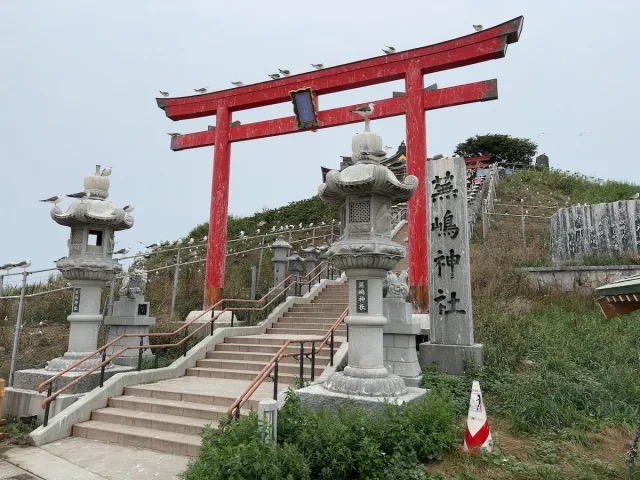
An unusual shrine that goes to ruin for a season, all in the name of good luck poo.
A lot has been written about Japan’s cat island and rabbit island, but did you know there’s an island for sea cats?
Called “Kabu Island” or Kabushima in Japanese, the site is located in Hachinohe City, Aomori Prefecture. While it was once an island off the coast (“shima” is the Japanese word for “island”), it’s now connected to the mainland, after the narrow body of water in between was filled in after World War II, upon request by the Navy.
▼ Kabushima
The island, which has been designated a National Monument, is home to Kabushima Shrine, dedicated to the goddess Benzaiten.
▼ Benzaiten is the goddess of fishing and performing arts.
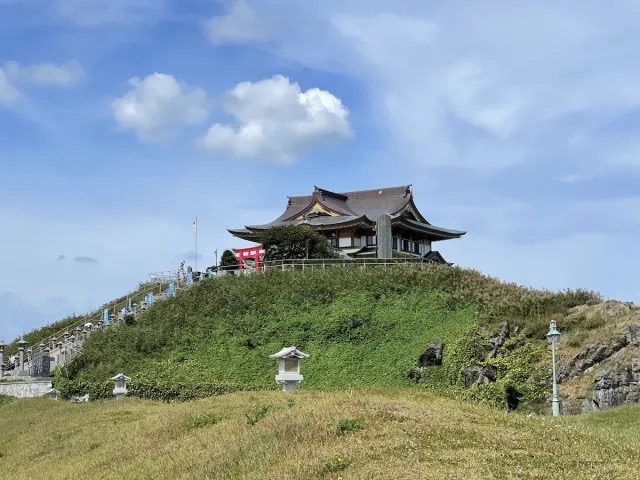
Local fishermen and townspeople visit the shrine to pray for good luck, and because “kabu” can be used to mean both “turnip” and “stock” in Japanese, the shrine is also popular with those wanting to do well in the stock market.
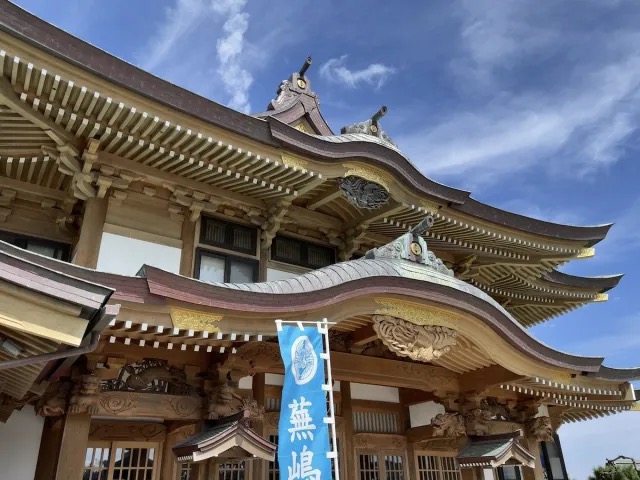
However, the island is best known for its sea cats, which visit from March to August every year, in numbers reaching 40,000. During this time, they breed and raise their young here, before setting off for warmer climes in winter.
▼ Oh, and if you’re wondering what the heck a sea cat is, it’s the Japanese term for a black-tailed gull.
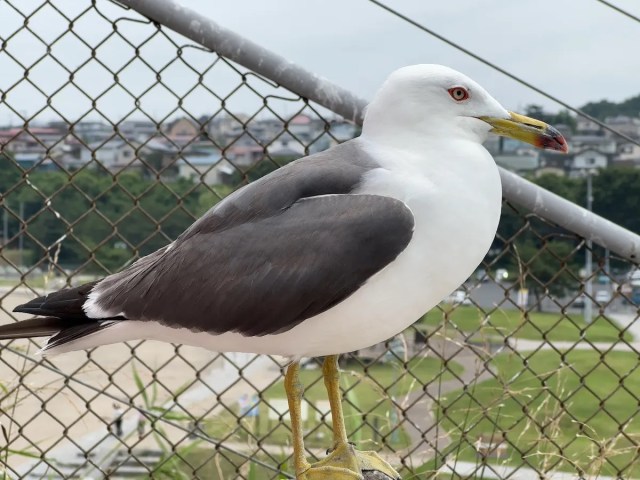
These birds get their unusual Japanese name, “umineko” (literally “sea cat”), due to the fact that their calls sound like the meows of a cat. Kabushima is said to be the top breeding ground for these gulls, who meow-squawk around the island in huge numbers, creating unusual scenes that look like something out of Alfred Hitchcock’s horror-thriller movie The Birds.
▼ Only here, the birds are meowing gulls instead of crows.
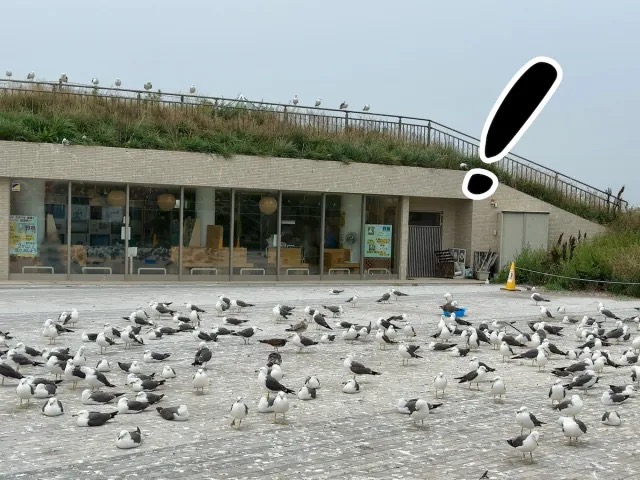
In July, the birds were out and about all over the place, sitting, standing, snoozing and preening out in the plaza, with no fear of the people passing by.
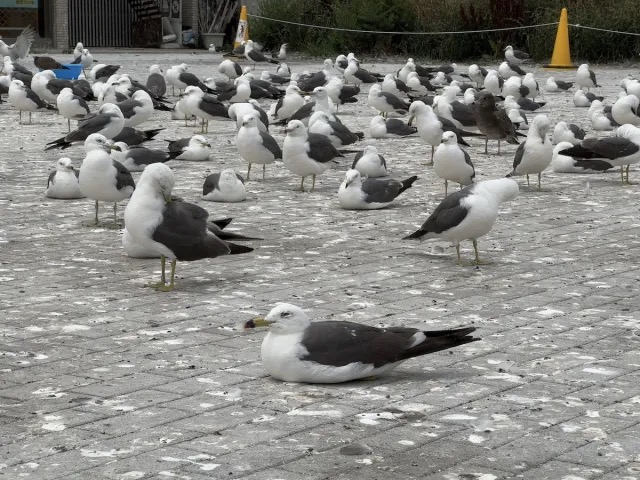
Kabushima is a small island so the some-40,000-strong bird population seems even larger than it is, and they certainly leave their mark on the area.
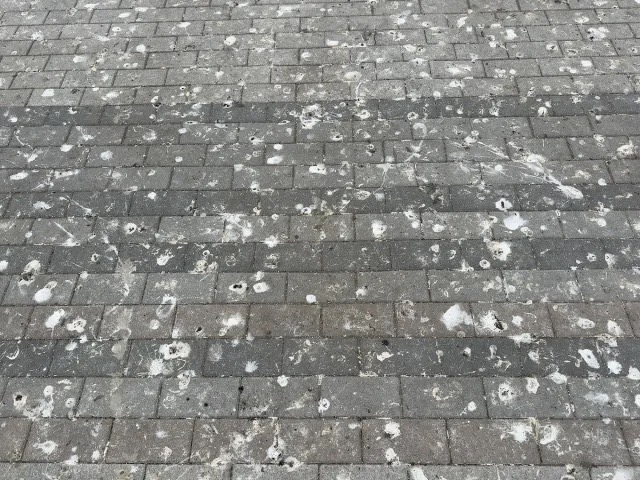
While some people might view the droppings as an eyesore, for locals it’s a natural and accepted part of living alongside the sea cats. Rather than discourage the birds from nesting, they’ve adapted to the circumstances by using umbrellas while in the area.
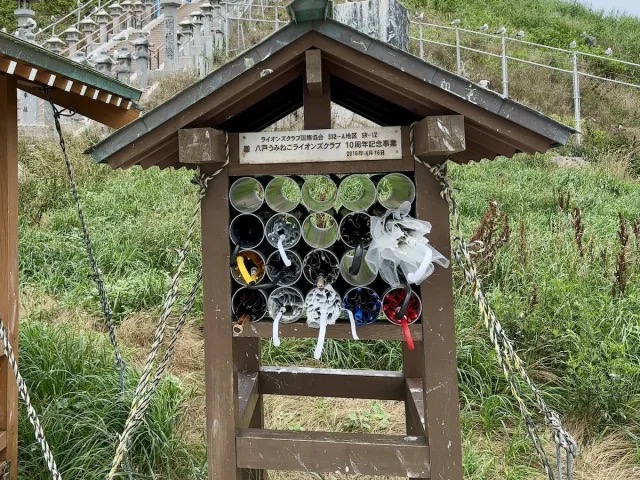
Umbrellas are available free of charge to visitors at the entrance to the shrine, as it’s particularly popular with the island’s feathered visitors.

As evidenced by the torii gate splattered in bird excrement, it’s clear that the birds rule the roost here, and as you ascend to the shrine, they watch over your every step.
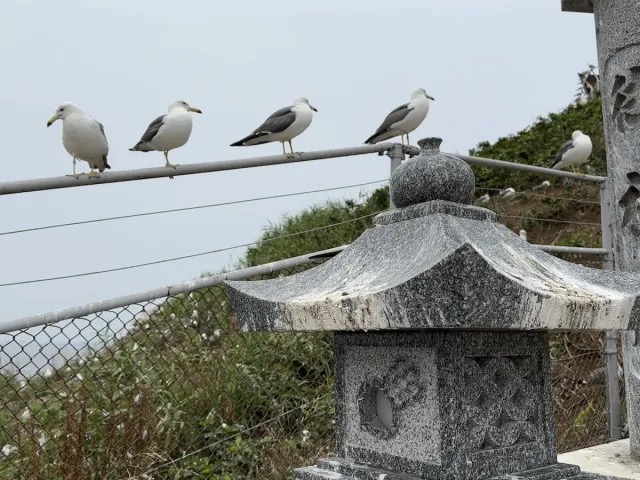
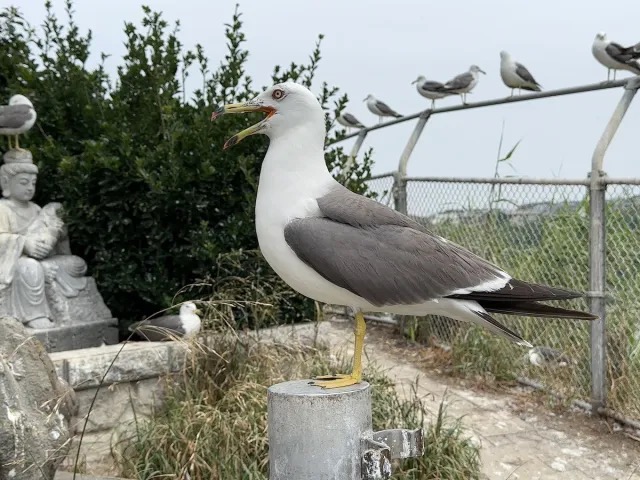
▼ With birds in high places, the umbrella certainly comes in handy.
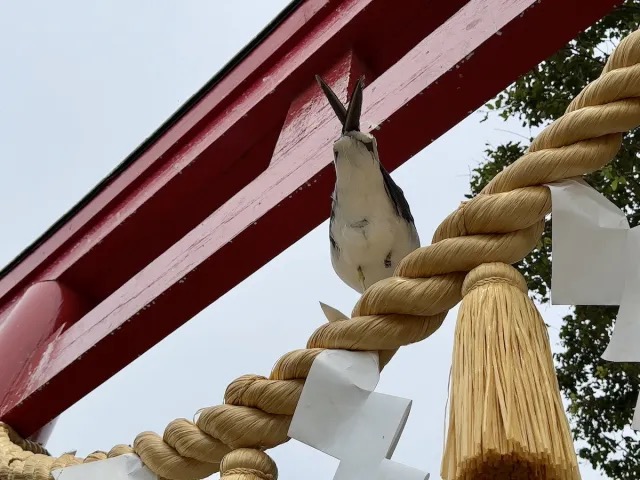
It’s a bizarre sight to encounter stairs, stone lanterns, fences, and torii gates completely overtaken by birds, and what’s even more bizarre is how they’re totally not bothered by people, with even mothers and their chicks standing their ground as you pass by.
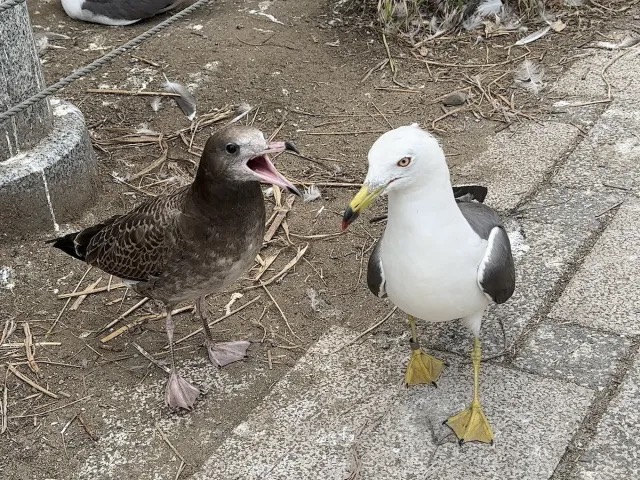
Breeding grounds for wild animals are usually located in nature reserves or remote areas that aren’t easily accessible, so this remains one of the few places where you can observe the birds and their behaviours up close.
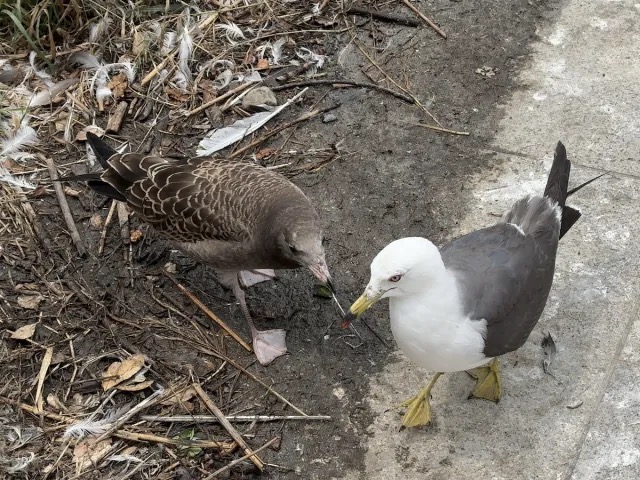
In preparation for leaving the nest in August, July is the month when young chicks practice flying, and the rocky peaks are a perfect spot for it.

▼ What looks like poop-stained rocks is actually flocks and flocks of sea cats.
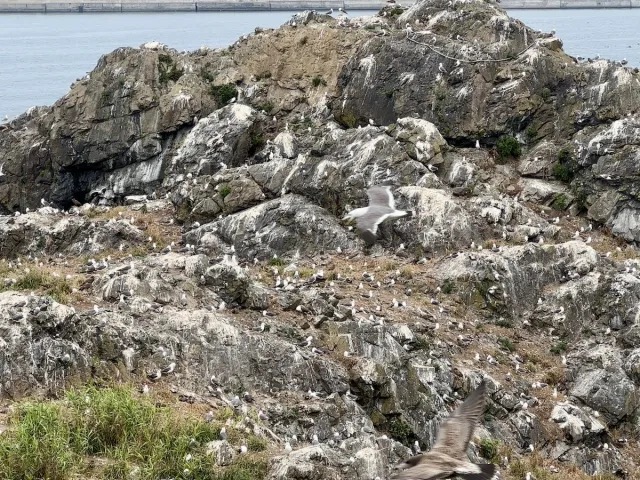
The sounds around the rocks are much louder than other areas, with the meow-squawks combining to create a cacophony of calls. It’s a 10,000-plus chorus that fills your ears, and while their calls are different to seagulls, there are noticeable differences in appearance too.
▼ It’s all in the eyes, with the seagull (left) looking “やさしい” (“yasashii”), or “kind”, and the black-tailed gull (right) looking “ちょい悪” (“choi waru”), or “a little evil”.
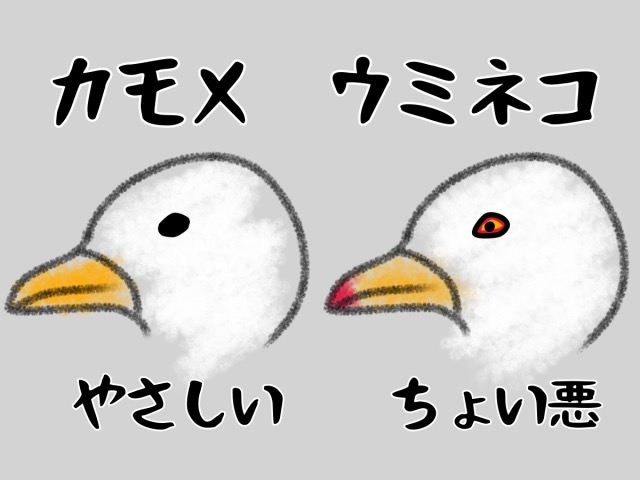
Black-tailed gulls have a distinct look, but up close you can see individual characteristics that make them all unique.
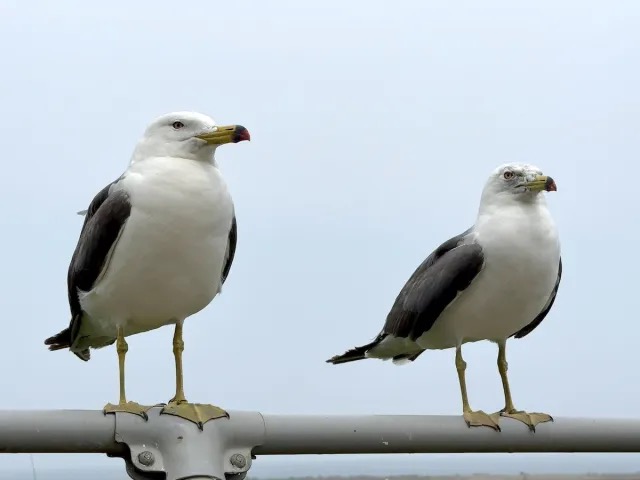
While some look stern, others have a kind appearance, making them seem like individual characters in some sort of magical anime, where they communicate with stone foxes.
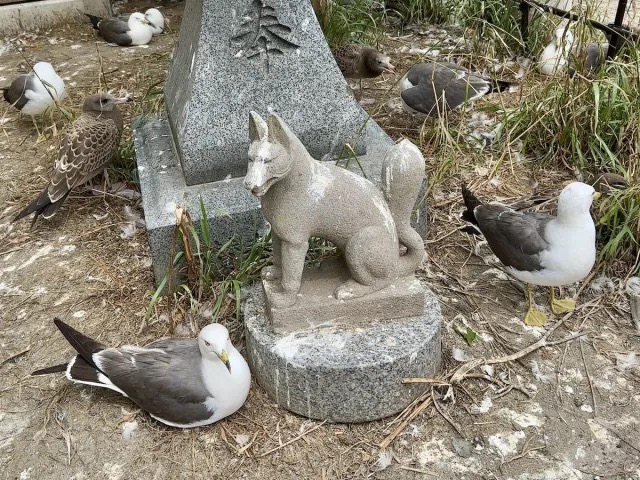
At this time of year, the shrine belongs to the sea cats, with their faeces marking everything in sight. Once the season has passed, though, the site will be cleaned, bringing things back to new before they return.
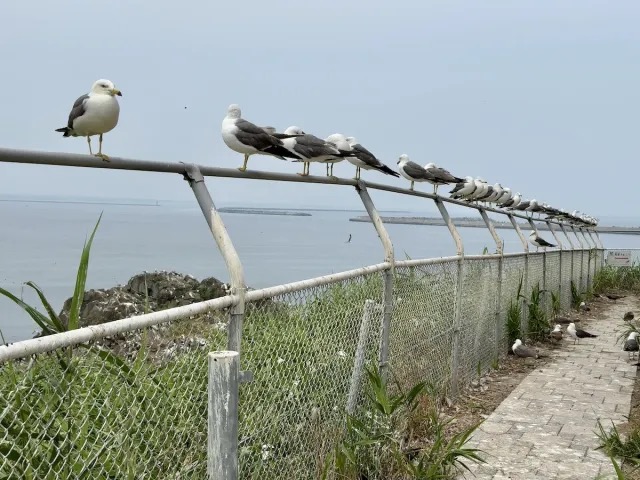
The gulls might be big, but they don’t feel threatening as you walk amongst them. The only thing you have to be afraid of is their poop, so be sure to protect yourself with one of the free-to-use umbrellas while visiting the shrine.
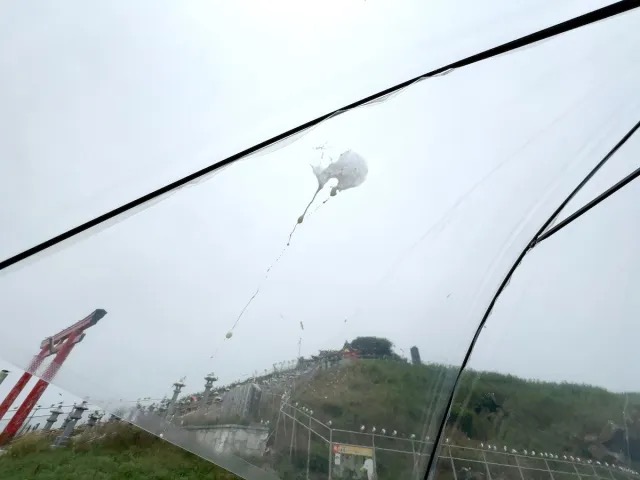
The umbrella isn’t 100-percent foolproof, though, because some worshippers still get marked by the sea cats. However, because the Japanese word for poo, “un” sounds the same as the “un” for “luck”, getting pooped on is considered a lucky omen.
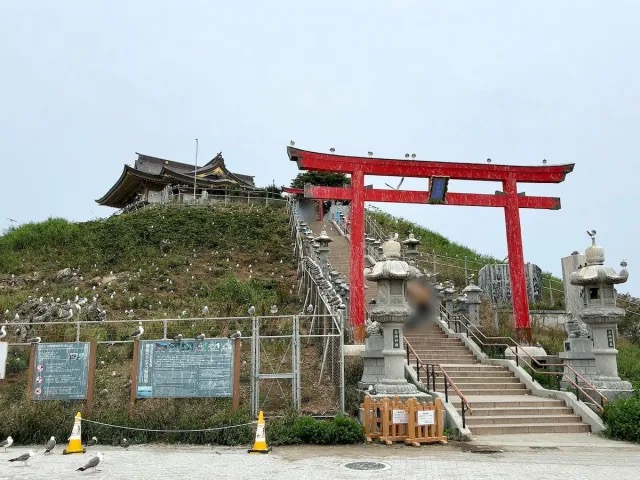
With July coming to a close, there are only a few more days to witness this unusual sight, because when August comes around, the aviation invasion ends and the island returns to its usually quiet state.
There’s more to see at other times of the year, though, with the nearby Kabushima Promenade Park being a popular place to swim in the sea and have barbecues. There aren’t many places in Japan that offer seaside activities while also being a place of worship and a nesting place for wild birds, so this is definitely a unique spot worth visiting…as long as you aren’t scared of birds!
Related: Visit Hachinohe Kabushima / Kabushima area
Photos © SoraNews24
● Want to hear about SoraNews24’s latest articles as soon as they’re published? Follow us on Facebook and Twitter!
Credit:

0 comments:
Post a Comment